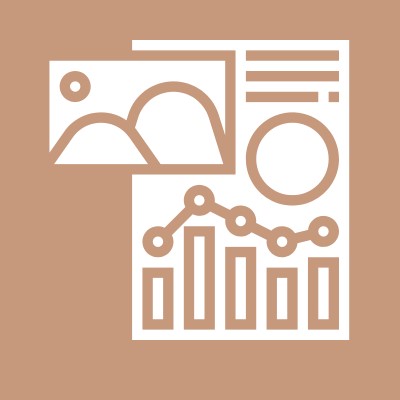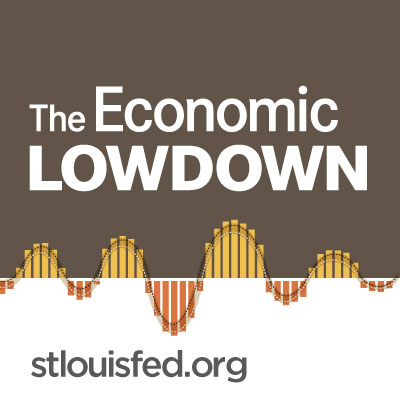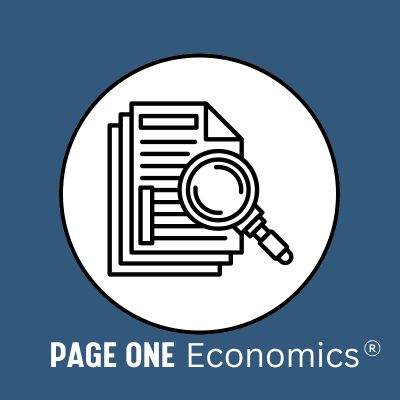Market Basket
Interpret the effects of inflation on consumers.
{{searchResultSnippet}}
 Back to All
Back to All

What is hyperinflation? This video assignment explains the term “hyperinflation” and the consequences of extreme rises in prices. Students will learn about different historical instances of hyperinflation and how it can have dire consequences on a country when experienced.
Hyperinflation, explained! What is hyperinflation? When inflation is extremely high and continues to go up, and up, and up, or in more economic terms, prices are rising rapidly and generally at an increasing pace, an economy experiences hyperinflation. One common definition of hyperinflation is when inflation is more than 50% per month, which is more than 12,000% over a year. In some cases, hyperinflation can be so intense that prices double within days. With such extreme inflation, hyperinflation is usually associated with or can cause social upheaval and civil unrest. A famous example of hyperinflation occurred in Germany between World War I and World War II. More recent examples include Venezuela starting in 2017, Zimbabwe in the 2000s, and Yugoslavia in the 1990s. With the recent increase in inflation, people have questions about types of inflation, trends, and more. Check out the Cleveland Fed's Center for Inflation Research to better understand inflation and how it affects you and our economy.

Market Basket
Interpret the effects of inflation on consumers.

Infographic Posters
Browse infographics for your classroom.

Econ Lowdown Podcast Series
21 Economics audio assignments for your classroom

Beyond Inflation Numbers: Shrinkflation and Skimpflation
Define shrinkflation and skimpflation.

Calculate Your Lifetime Inflation Activity
Learn how to measure changes in inflation over a lifetime.

10 FRED Graph Activities in 10 Minutes
Learn about data through graphing activities.

What Is Inflation?
Learn what is and what is not inflation.

Why Should You Care About Inflation?
Explain how inflation affects consumers' incomes, spending, and wages.

Why Does the Fed Care about Inflation?
Explain what happens when inflation gets out of control.

Disinflation, Explained!
Explain disinflation and how it differs from deflation.

Shrinkflation, Explained!
Introduce the term "shrinkflation".

Stagflation, Explained!
Introduce the term "stagflation".

Deflation, Explained!
Introduce the term "deflation".
{{resourceTitle}}
{{resourceBlurb}}